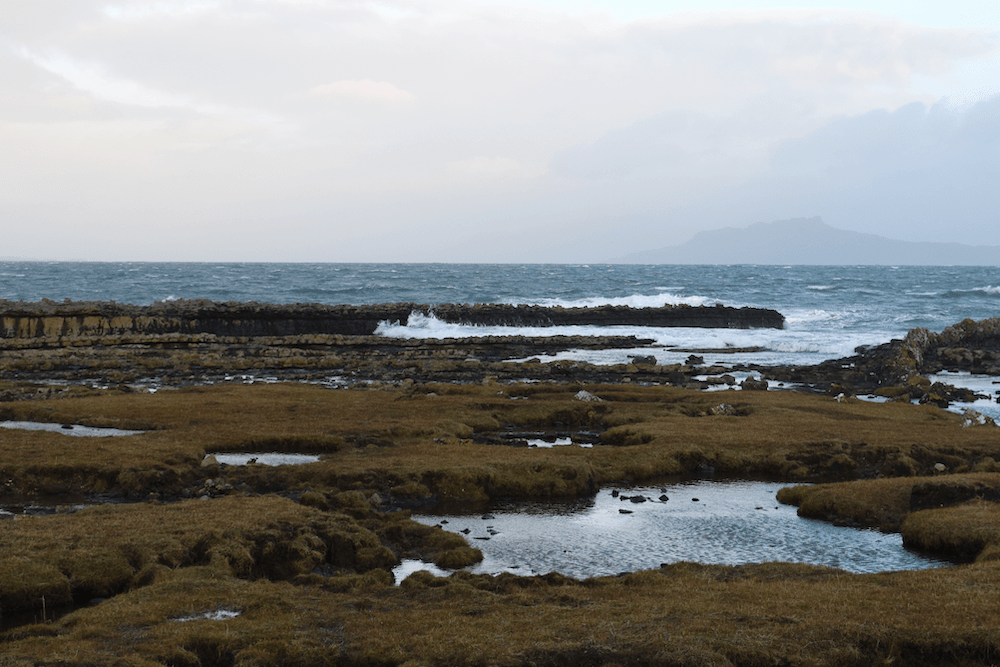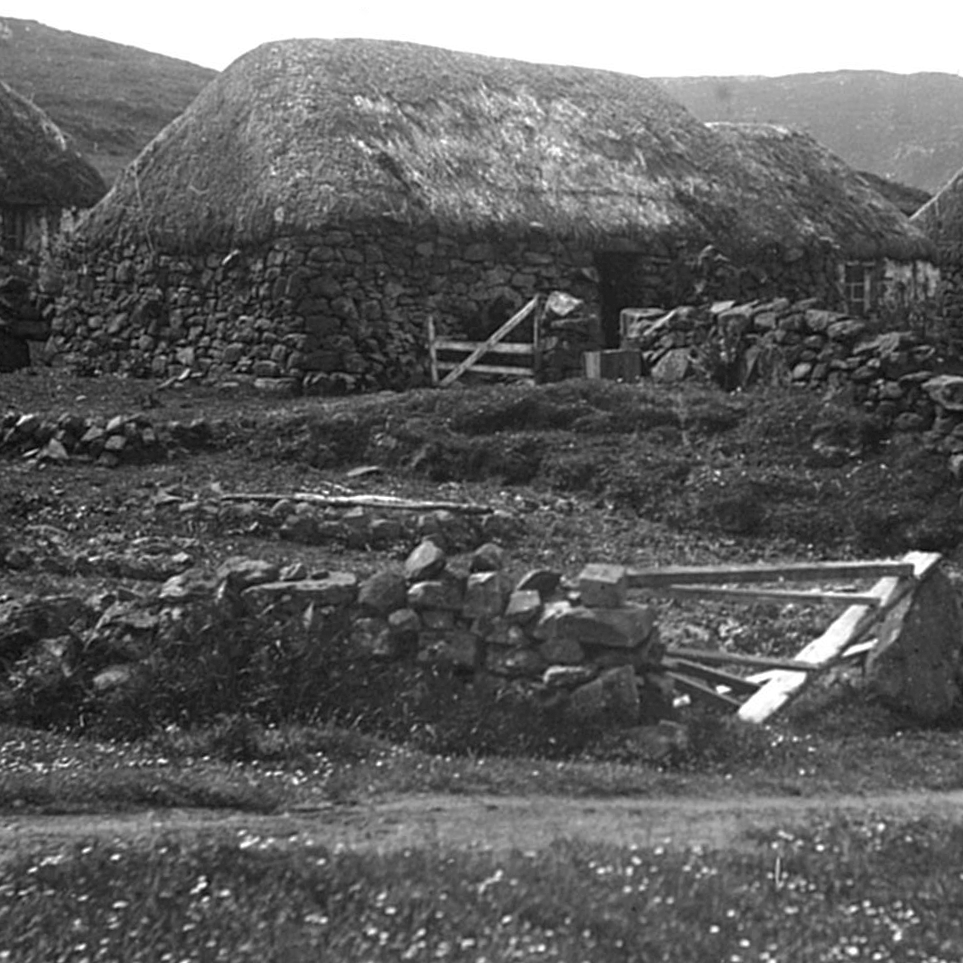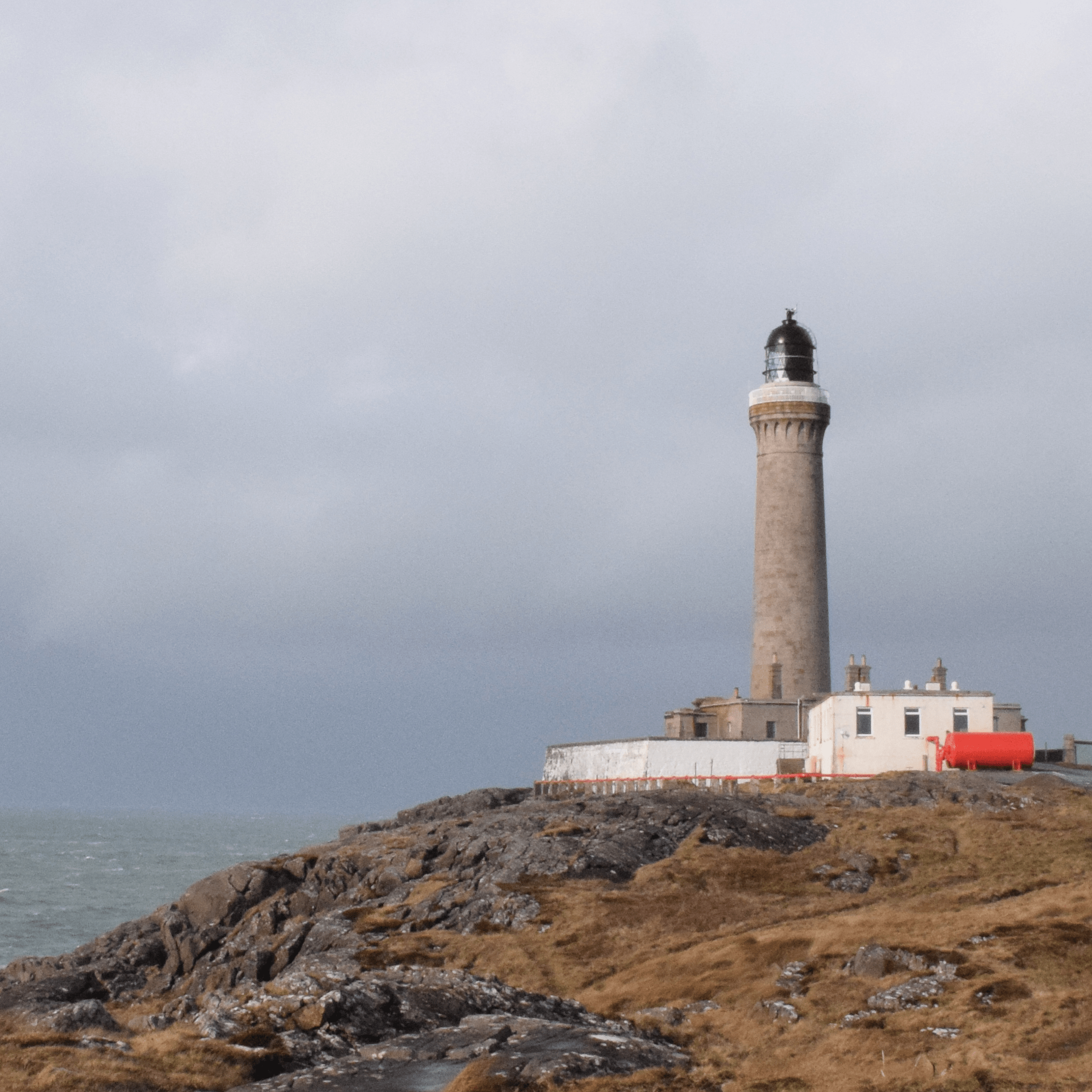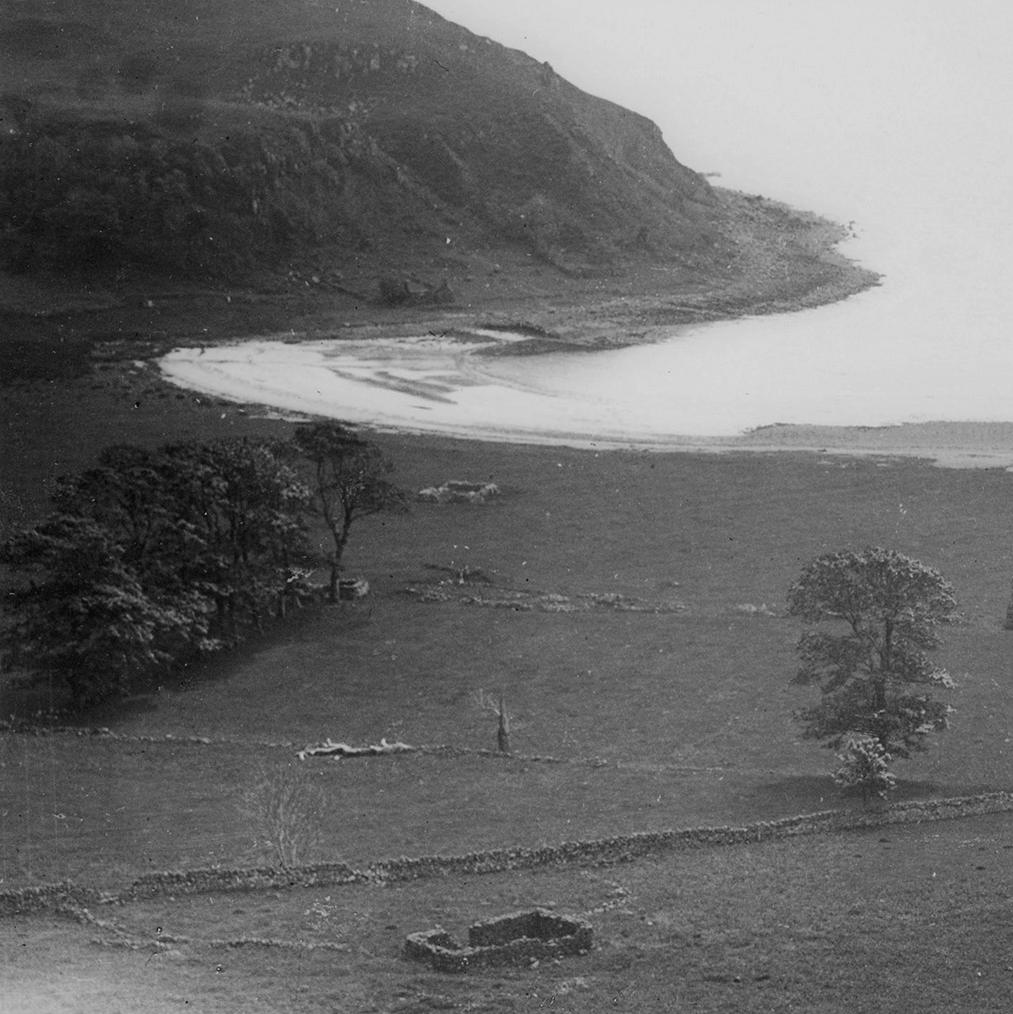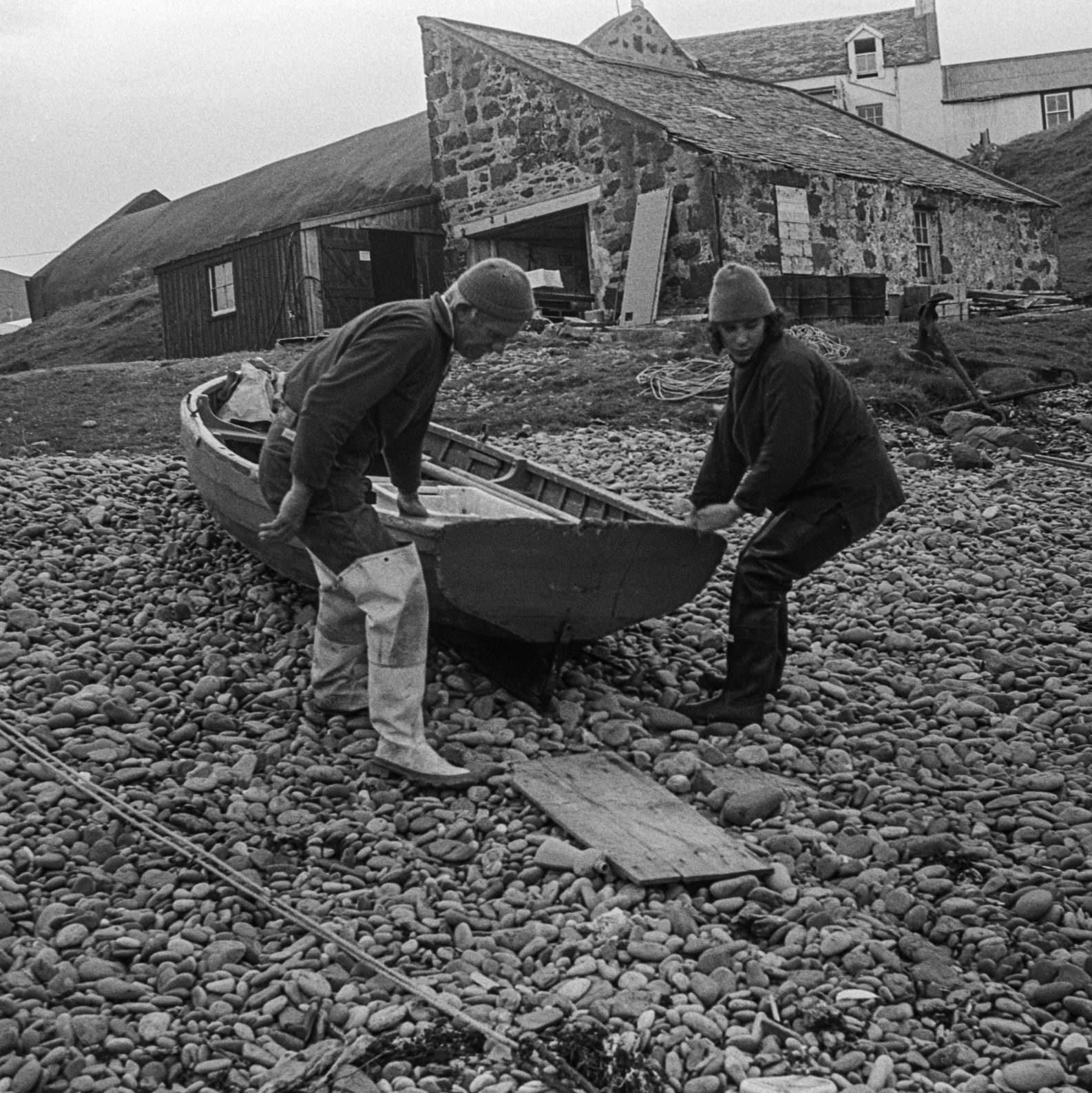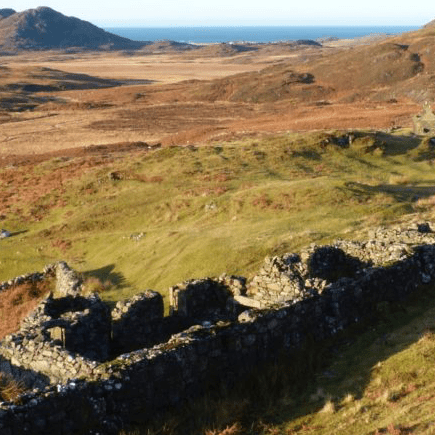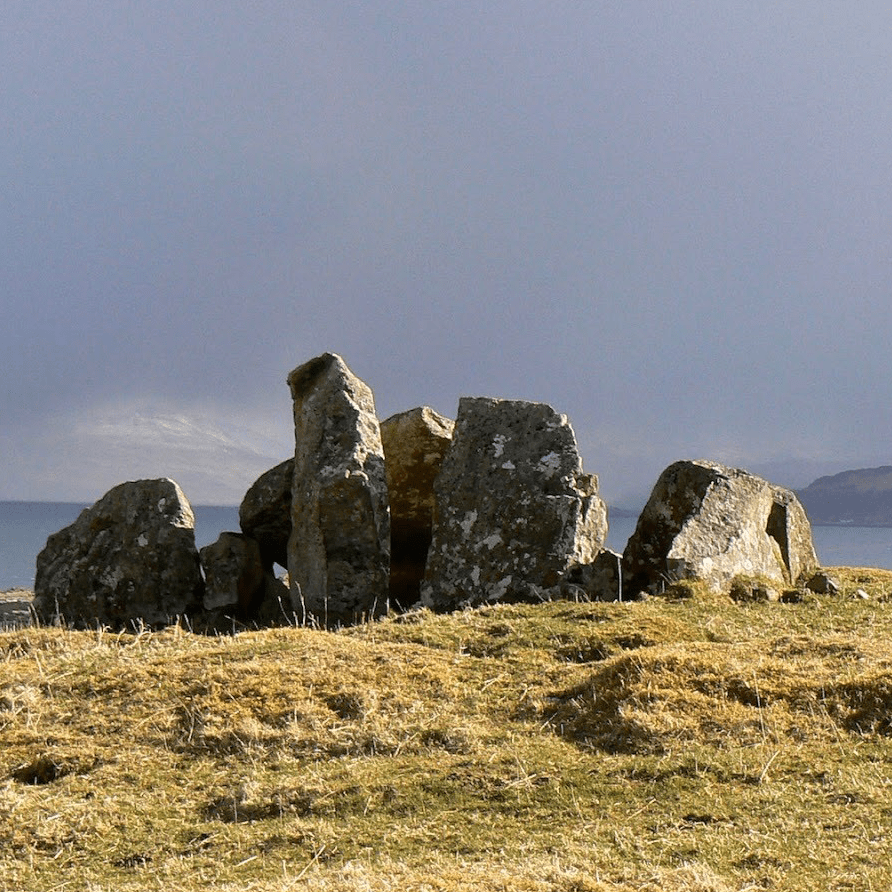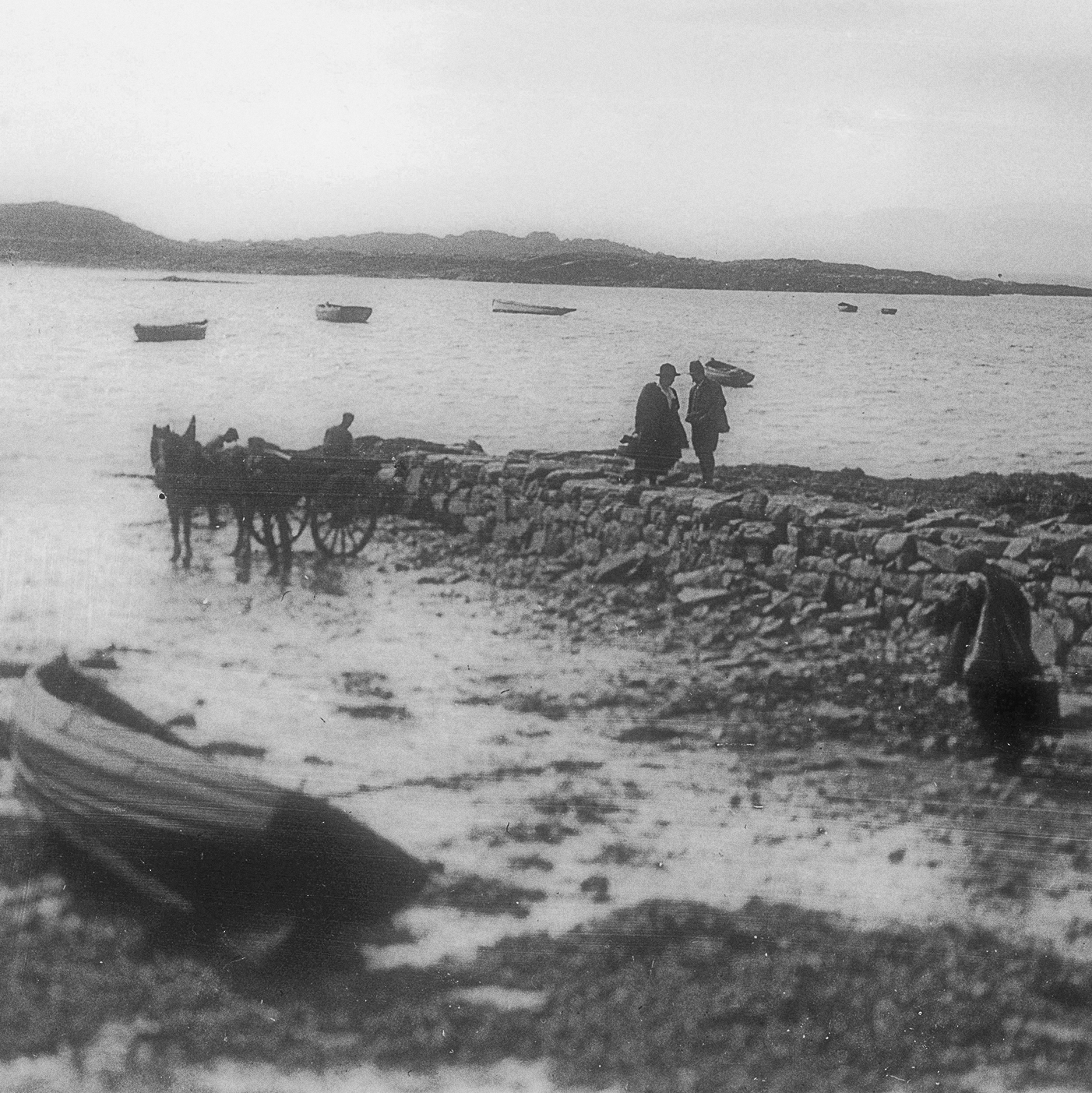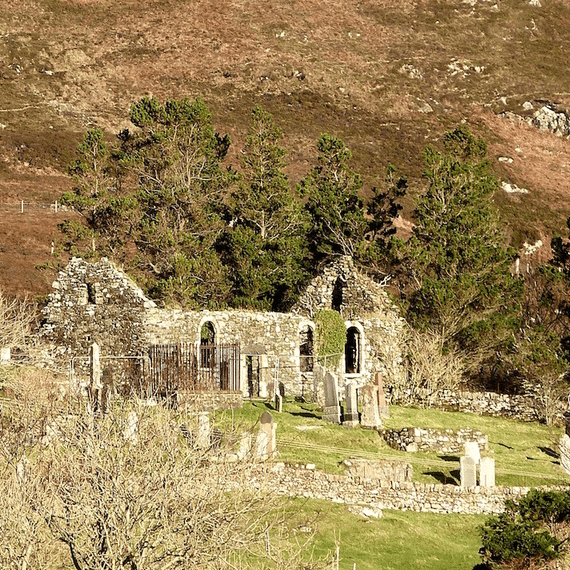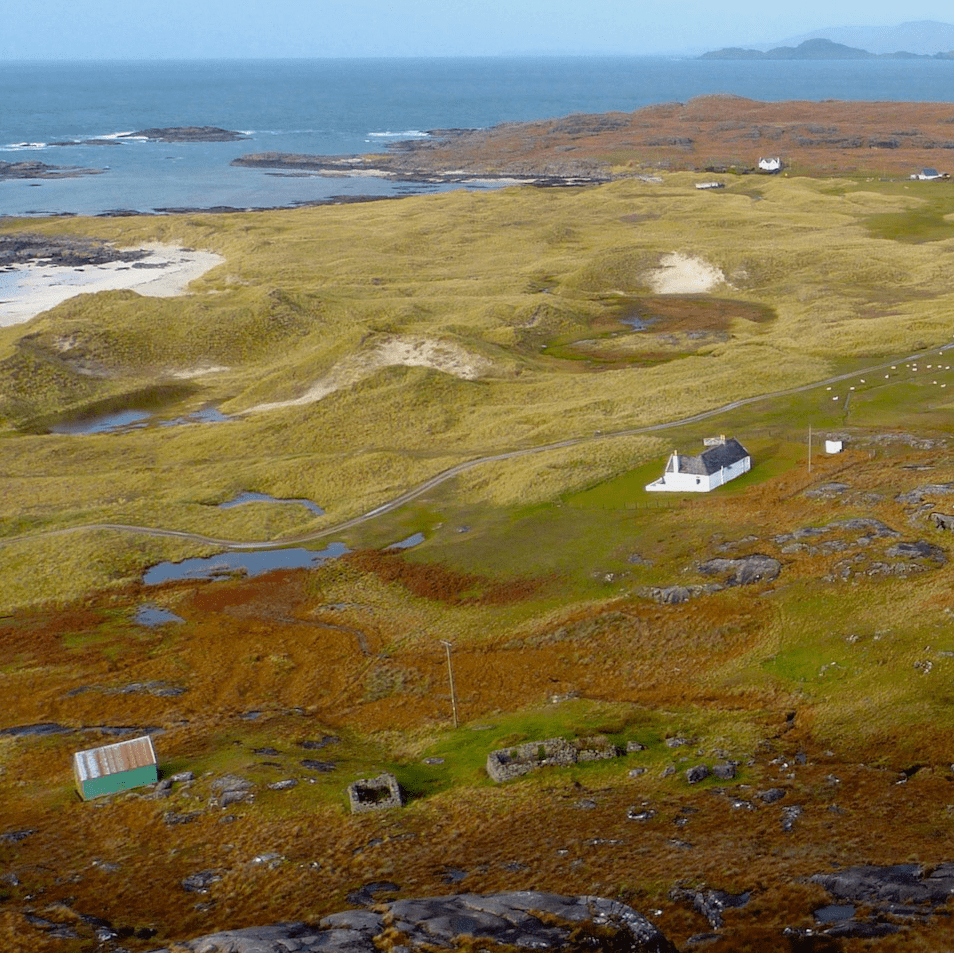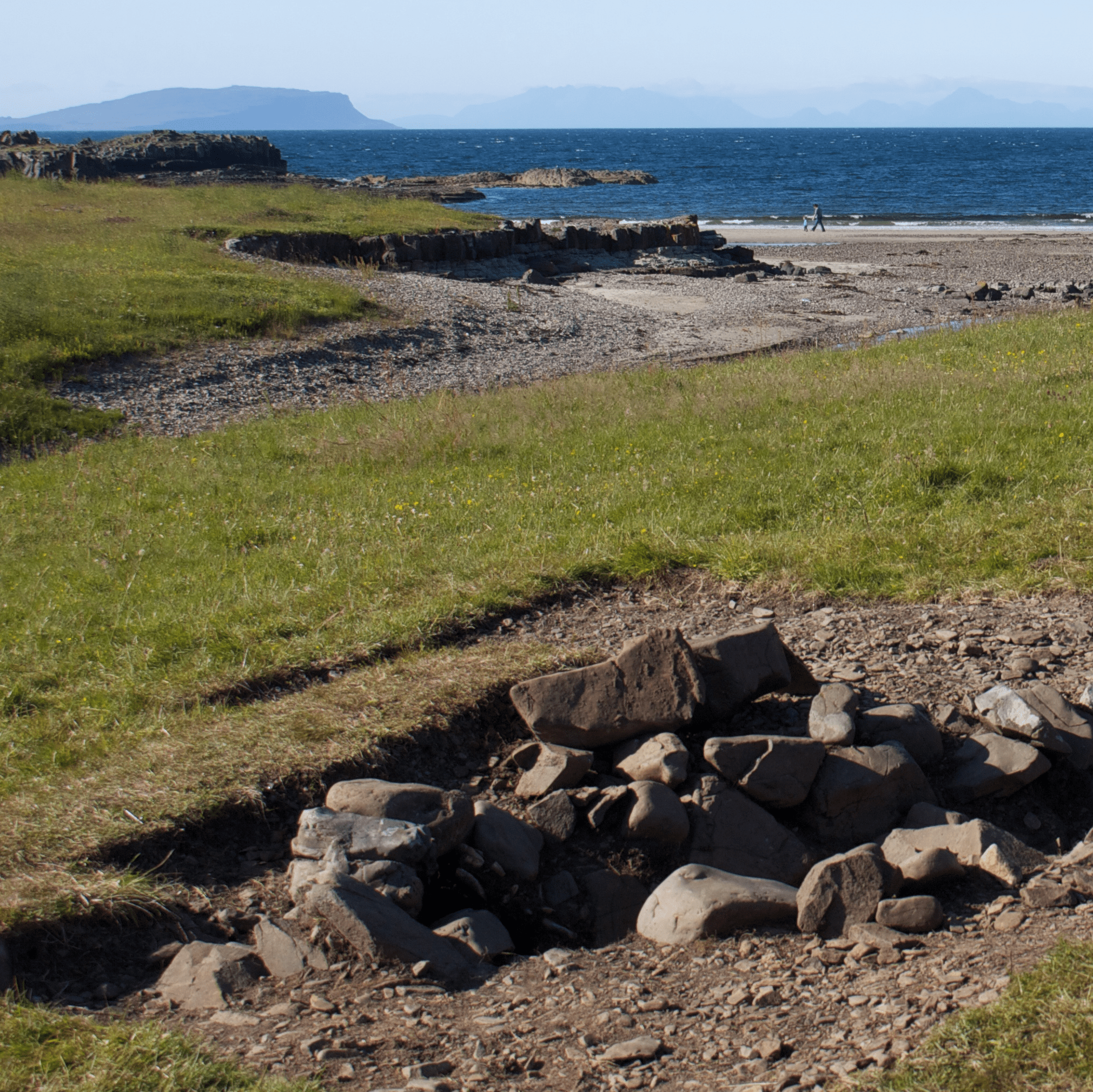Glendrian
Brief History
Once a thriving community, the ruins of nearly twenty buildings remain, consisting of dwellings, byres, shielings and other associated buildings, along with kale yards and animal enclosures. The buildings are varied in date and style, and the settlement made different use of older buildings to meet their needs as times changed.
Click here to find out more about Glendrian
Dig into layers of history
Eviction and Emigration
Glendrian did not suffer from mass evictions, but its population gradually decreased. There was also a shift in its land organisation over the years, from communal arable land surrounded by common grazing areas, to individual small areas of arable land and a right to graze a fixed number of cattle and sheep on the common grazings.
The 1872 OS map shows that the open fields in Glendrian have been divided into rectangular areas, suggesting that the settlement has become a crofting township by this time.
